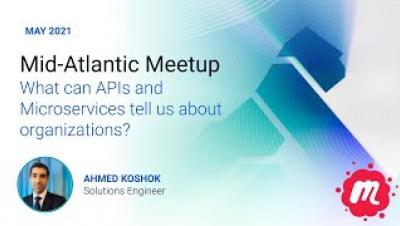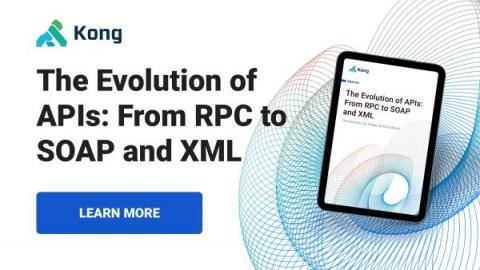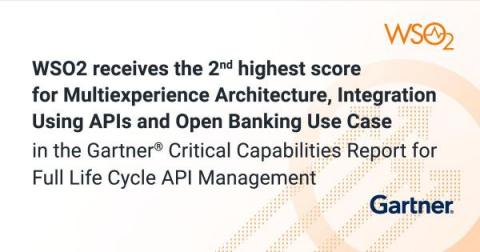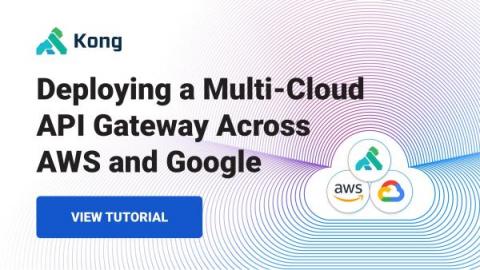A Cloud Native + Infrastructure as Code Love Story
We love abstractions. We want to make things easier for developers, teams and end users. In doing that, sometimes we build things a little bit too complex for those who don’t already understand the pain points for which the abstraction layers were built. Kubernetes is an example of this; it solves a very real, very painful problem, but it is notoriously difficult to wrap your head around.









